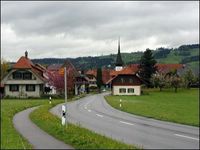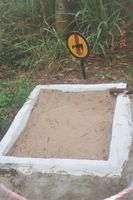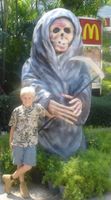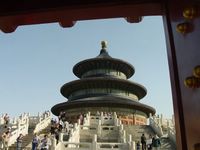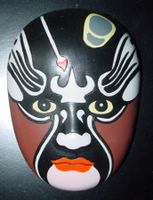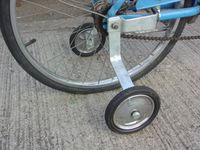MercuryNews.com | 11/21/2006 | A final incarnation for Pacific Commons? Another example is Pittsburgh. Tom Murphy, a senior fellow with the Urban Land Institute, was mayor of Pittsburgh overseeing the development of a stadium. Failure would have meant losing the Steelers. The odds were long that the team would stay in town and even longer that a new stadium could be built, but the city got it done.Well, where to begin.
``The referendum to pay for the development was defeated by 70 percent. But we decided we're going to do it anyway, because the Steelers were important to Pittsburgh in terms of our psyche and in terms of who we were,'' Murphy said. ``We were a Rust Belt, declining city and we were losing our Steelers.''
Murphy said $262 million was raised from the team, the state and hotel and sales taxes to build a baseball park, a football stadium and a convention center. The former mayor believes the development succeeded because it was incorporated into the city, rather than standing apart.
``We built the stadium into the community and the city -- it's not sitting there as an icon surrounded by 25 acres of property,'' he said.
The stadium known as Heinz Field was built into a community -- yet today it still needs light rail under the river to succeed. ???
The stadium is not surrounded by 25 acres of property -- as I guess it is an island surrounded by water????
The stadium's surrounding property includes a Parking Authority garage that isn't being used. And, if the garage was used, it would finally empty each Sunday around halftime of the Monday Night Football game.
Don't those VIP tents look great next to the stadium on the surface parking lots, built into the community. The deadlines for the re-development of the land have long passed. What's up with that? Do the Steelers still have the rights to the land too?
If you really want to see a stadium that was built into the community then you needed to look no further than what was once Pitt's grand dame -- Pitt Stadium. That was built into the community. That was were hospital patients could take a wheel-chair walk and catch a bit of the game. That was where players could walk to work. That was where injured athletes could go from dorm room to whirlpool or visit with the rehab folks -- without getting onto a bus and crossing the river.
Pitt Stadium was where you could go after an alumni reception with professors, on campus. Go to Pitt Stadium and watch a game with the family after a visit that injects a sense of academic pride of the research, knowledge and student-life a campus setting should engage. That's community.
Good luck Freemont. Take the advice of Tom Murphy and cronies like him for what they are worth. Zippo.


